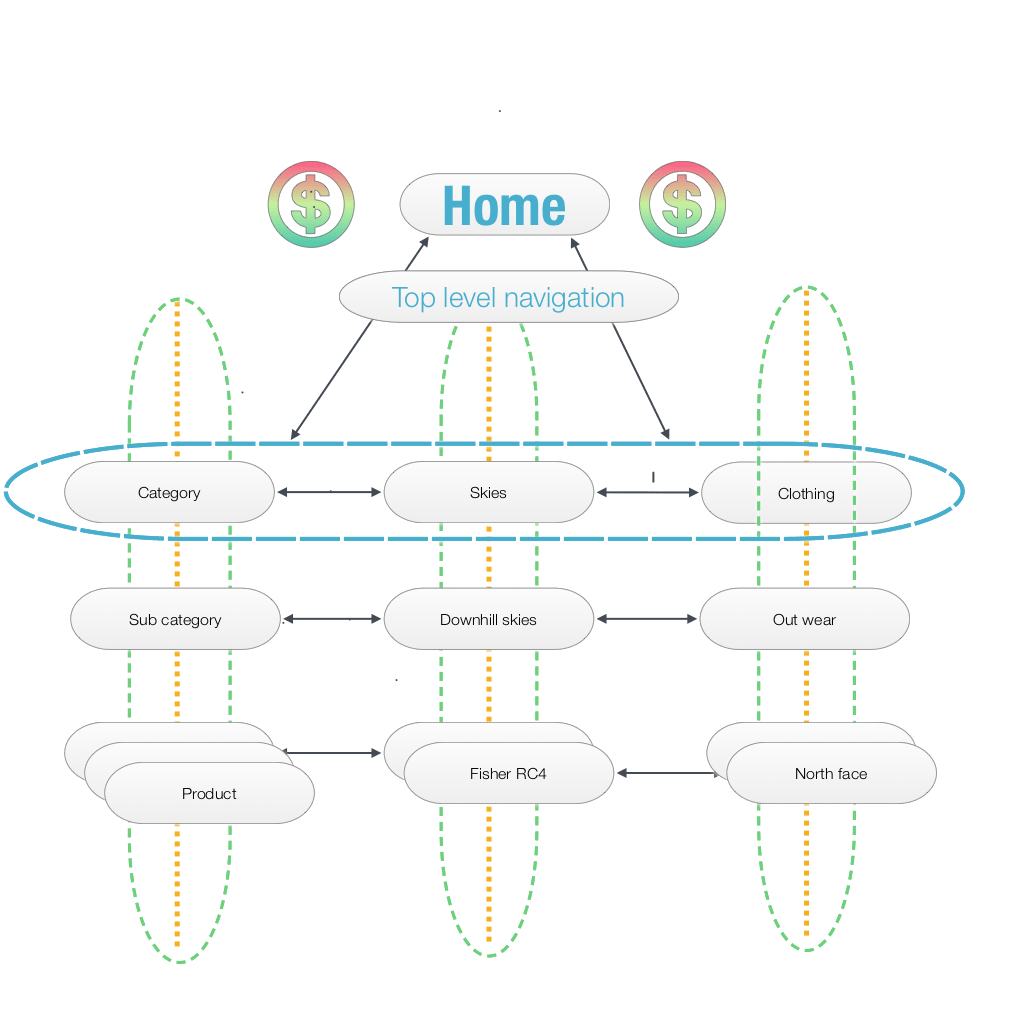E-commerce websites have their own set of unique challenges and opportunities that are different from other business websites. Companies that have taken the step to sell their products online really need to take advantage of every opportunity to effectively meet those challenges. Doing so will have a positive effect on both your traffic and conversion rates which will measurably improve your success as you reach out to the world-wide market.
Having an attractive site that has well designed sales funnel is one part of the puzzle; but if you build it, will they come? Search engine optimization (SEO) must not be ignored if you want to get noticed from the top search engines like Google, Bing, or Yahoo to attract potential buyers into your site.
In order to improve your search engine rankings, expand the user experience, and increase conversion rates; you will need to ensure that your e-commerce website is search engine friendly. Here are some of the best practices that will help you fully optimize your e-commerce website, delivering the results you want for 2014.
For an E-commerce site, particularly one with many products and categories of products, how you organize your site is very important and should not be underestimated. When this is done properly, it makes it easy for search engine robots to crawl and understand your website so that your pages & products get indexed properly.
An equally important secondary effect is that good URL structure and overall information architecture makes the site more user friendly so your customers will have a better user experience and can find what they are looking for. This in turn sends further positive signals to the search engines and helps boost your site’s visibility in search results. At the core of every successful and effectively optimized e-commerce site is a well thought out and designed architecture!

Every e-commerce business website should use schema.org. It is a great tool that will accurately label product information and prices, as well as provide richer information for search engines, ensuring that your products and services are accurately displayed on the search engine results pages (SERPs). This is increasingly important with Google’s Hummingbird algorithm in effect.
Using the wrong or ineffective keywords can lower your site’s effectiveness drastically, so take the time to research accurate, informative and competitive keywords.
It is important to use a variety of keywords that are relevant to your products or services. If you choose keywords that are too general, people won’t be able to find what they are searching for, resulting in a high bounce rate and low conversion rate. If you sell products that are on many other sites then you need to come up with descriptions and keywords that stand out and that you can reasonably compete for. Fight the battles you can and need to win and use a well-designed and attractive site for getting customers to highly competitive products which you may not be able to rank highly for but still want to sell.
Also try to use long-tail keywords –a keyword phrase consisting of three, and some times as many as five words that people use for specific searches– attracting more quality traffic, and leading to more conversions!
Well planned page titles will help grab the attention of your visitors and improve your search engine visibility. Here are some tips for creating great, relevant title tags:
Making sure you regularly add unique and quality content to your e-commerce site will result in a number of important benefits. In addition to improving your search engine rankings, users will appreciate the added value and relevant information your website and company has to offer.
For e-commerce sites, each and every product is an opportunity to add some useful content. If you do it in a way that it accurately describes your product, its uses, competitive advantages, consumer reviews and feedback then you are not only adding SEO content and keywords, but you are increasing the likelihood that consumers will prefer and trust your site versus your competitors. In the digital age we are all information junkies and appreciate quality descriptions about products we are looking for.
The web is a visual medium so use high quality, attractive images and make sure that you put descriptions and alt tags for your images. Again, if the search robots can see and understand your images then you are helping them understand and promote your site. If you do nothing then the robots are blind to the images and you have lost an opportunity to gain rankings.
Since the Google Panda update, Google is always on the lookout for websites with low quality and duplicate content, so it is important not to use the generic manufacturing product or service descriptions. Copying and pasting the manufacturer’s product descriptions into your website may save you time in the short, but it will create some headaches for you in the long run and works against your other SEO efforts. Do not be lazy with this issue, it will hurt your marketing efforts. Having descriptive and convincing product descriptions will help you avoid being targeted and penalized.
It is important to try and stay on top of broken links in your website. Too many of them will reduce the quality of your site. Using a tool like Screaming Frog – a small desktop program you can easily install – will help you check for broken links.
These are just some of the SEO practices you can implement to improve your e-commerce website. As e-commerce continues to grow, it is important to keep up-to-date with all the latest trends to ensure you stay relevant in today’s competitive online market.
Let us show you how we can fully optimize your e-commerce website, helping you generate more traffic, boost conversions, and increase sales…